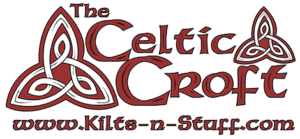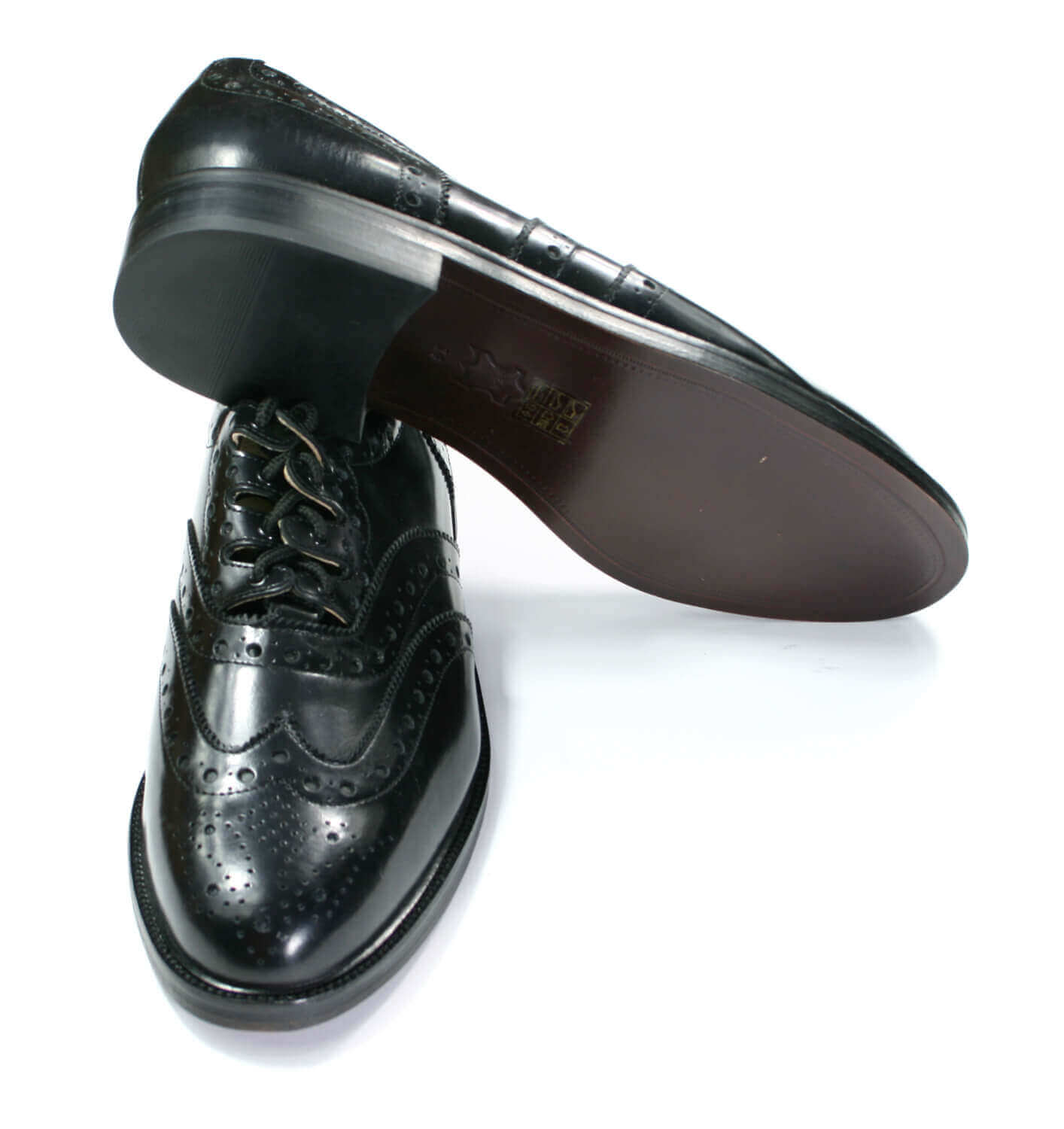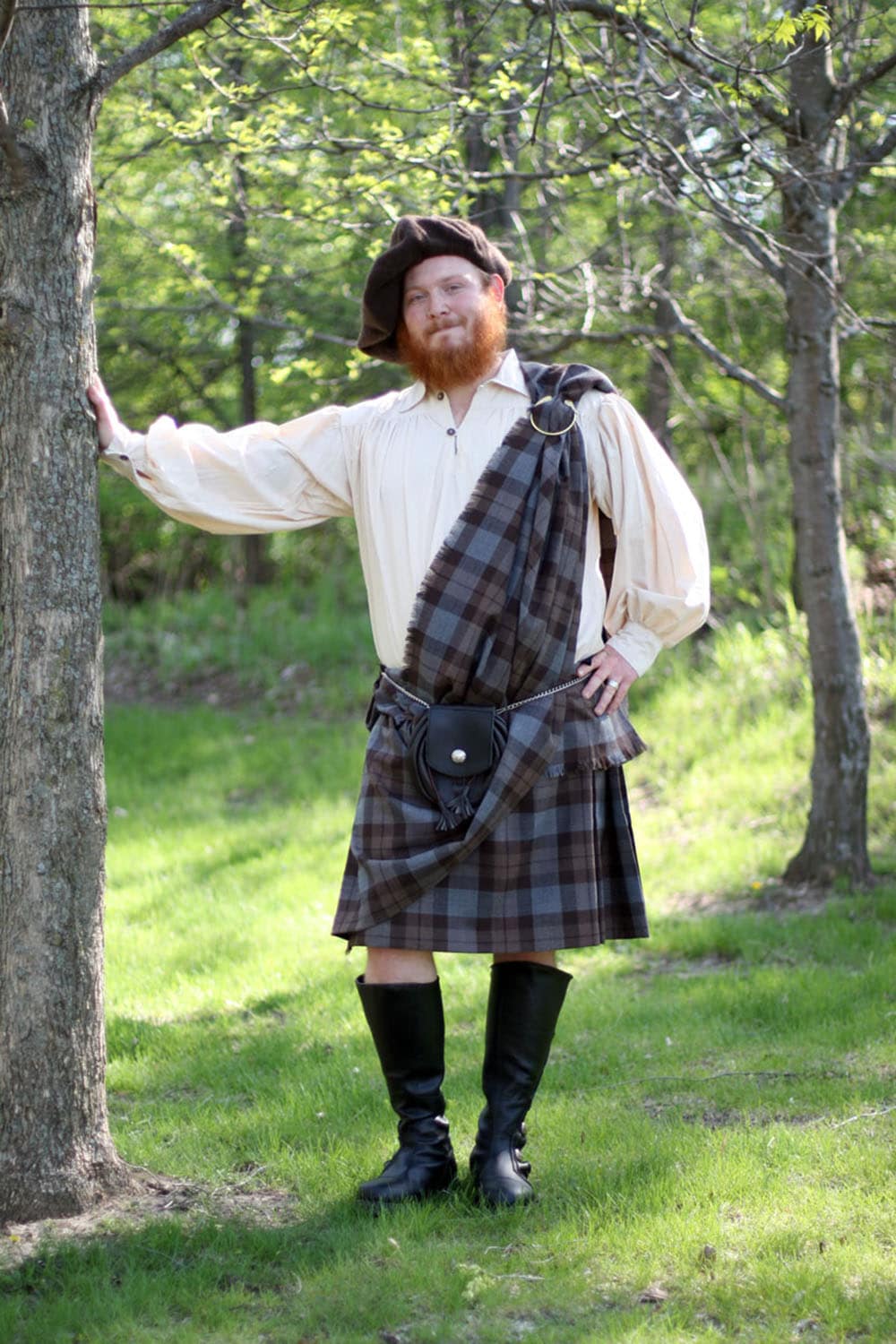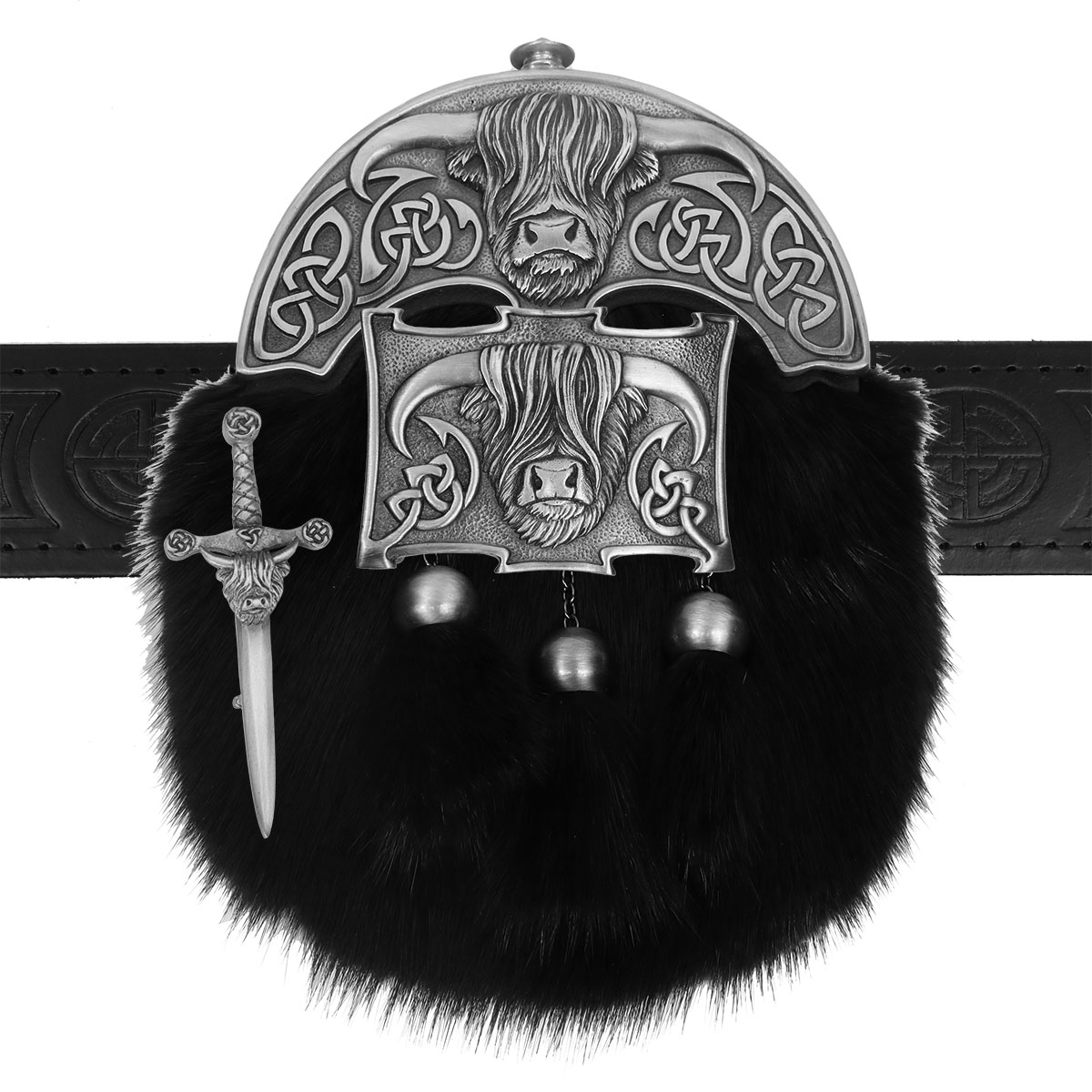Celtic Paris
Since most people think of Scotland and Ireland when talking about the Celts, they don’t realize that the city of Paris was originally founded by Celtic Tribes. The Parisii people colonized the banks of the Seine River in at about 250 B.C. and are first mentioned in the Commentarii de Bello Gallico (Commentaries on the Gallic War) written by Julius Caesar, circa 58–49 BC.
The name Parisii may come from a proto-Celtic word conjectured by linguists and meaning ‘kettle,’ or ‘people of the kettle’. A tribe with a similar name existed in Britain. But there seems to be a debate about whether may have been a splinter group that migrated to Britain, or vice versa
The Parisii are said to have founded Paris as their an “oppidum” ( a Latin word meaning the main settlement in any administrative area of ancient Rome.) at Lutetia Parisiorum, on an island on the Seine.
However, more recent archaeological excavations at nearby, Nanterre have revealed signs of extensive urbanization and warrior tombs, which seems to suggest that it was the oppidum rather than the Paris, and would have offered a more easily defended location than Paris.
The Parisii buried their warrior dead with their chariots. The deceased would be placed in a wheeled vehicle before being interred beneath a square barrow, and both branches of the Parisii (British and Continental) followed this practice.

The Parisii apparently did not take part in the war against Julius Caesar’s legions, but seem to have accepted them as allies. This, along with trade along the river probably helped make them relatively prosperous and the Parisii even brought in specialists from Rome and from the East to help them mint their own coins of copper, bronze, silver or gold that were their currency.
Below: Parisii gold “stators” from the Metropolitan Museum of Art





